Steemit Learning Challenge – S27W2: Physiofit; Swelling Reduction Challenge
Hello everyone,
First you have to share your knowledge about swelling, it's type and pathophysiology. (Explain only 4 types no need for extensive knowledge)
Swelling, similarly understood as oedema, happens when redundant fluid builds up in the tissues of the body. It can materialize anywhere — on the hands, feet, face, or any different body portion. Sometimes it’s due to a inferior sprain or damage, but it can also be communed to serious health provisions similar as heart, kidney, or liver troubles.
Swelling generally causes a observable puffiness or blowup of the affected allotment, and it can be painful, red, or warm when felt.
Types of Swelling( Explaining Four)
1. Localized Swelling
This genre of swelling is immured to a especial area — for example, a swollen ankle after misinterpreting it, or swelling around the wrist after an distress. It's normally caused by a sprain, strain, or infection.
2. Generalized Swelling
This swelling is circulate throughout the body. It can be due to interior aftereffects like kidney or heart complaint, where fluid builds up in several corridor at formerly.
3. Acute Swelling
Acute swelling appears abruptly, frequently after an affliction or infection. It may be hurting and tender to feel, and generally subsides with alert treatment like rest or icing.
4. Chronic Swelling
This kind of swelling stays for a lengthy time and can restore again and again. It frequently happens due to long- term medical contingencies or needy lymphatic drainage.
You have to find a patient with the symptom and share history of injury or illness. You can also share your history too if your suffer from any injury recently that is present with symptom of swelling.
The procedure of swelling begins when fluid moves out from the frail blood vessels into the spaces between tissues. This can be due to
Increased strain inside the blood vessels
Reduced protein situations in the blood
Increased permeability( leakiness) of the vessel barriers
Blockage or delicacy in the lymphatic network that prevents the junking of redundant fluid
When the fluid equilibration is dislocated, it collects in the tissues, conducting to oedema or visible swelling.
Physical Therapy Management( RICE Protocol)
The most important, frequent, efficient and potent route to face off swelling in physical therapy is the RICE protocol — Rest, Ice, Compression, and Elevation.
1. Rest
The initial and most consequential move is rest. The inclined area should not bear weight or accomplish stressful exertion. For example, if the ankle is swollen, abscond padding excessively consequential or depositing stress on it for at least 2 – 3 days.
2. Ice
Applying ice helps break pain and inflammation. I applied a cold pack wrapped in a thin towel and pertained it on the swollen portion for around 15 minutes, three times a daytime. It supported me perceive immediate comfort and reduced redness and warmness.
3. Compression
I used a bandage to gently wrap the blown part. It averted fluid accretion and offered good support. The bandage should not exist intolerably tight, differently it can cut off blood flux.
4. Elevation
Keeping the inclined area raised above the position of the heart helps disrate fluid buildup. I applied a soft pillow under the leg while resting or sleeping at night. It really helped to reduce the swelling briskly.
My Experience
Last month, I sprained my left ankle while padding on bumpy ground. The area came swollen and afflictive within an hour. I could slightly move my foot. Following the RICE protocol, I started by resting and appertaining ice on the first day. Then I used a crepe bandage and kept my leg enraptured whenever possible.
Within three days, the pain and swelling disrated significantly. By the fifth day, I could walk slow without much discomfort. This experience formed me realize how efficacious basic physiotherapy management can be if done duly.
Conclusion
Through this week’s challenge, I got how concluding the body’s reply to damage helps us handle it better. Swelling can be uncomfortable, but with proper rest, ice, contraction, and elevation, mending becomes briskly and lightly.
I invite all my friends @taaher1, @mohammad1076, and @rmj to join this week’s Steemit Learning Challenge and share their gests too.
Best Regards,
@abdullaht
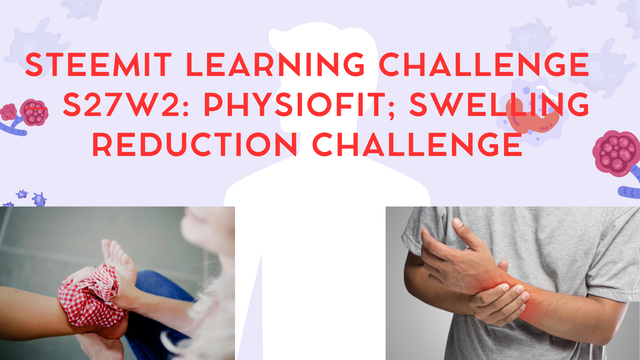
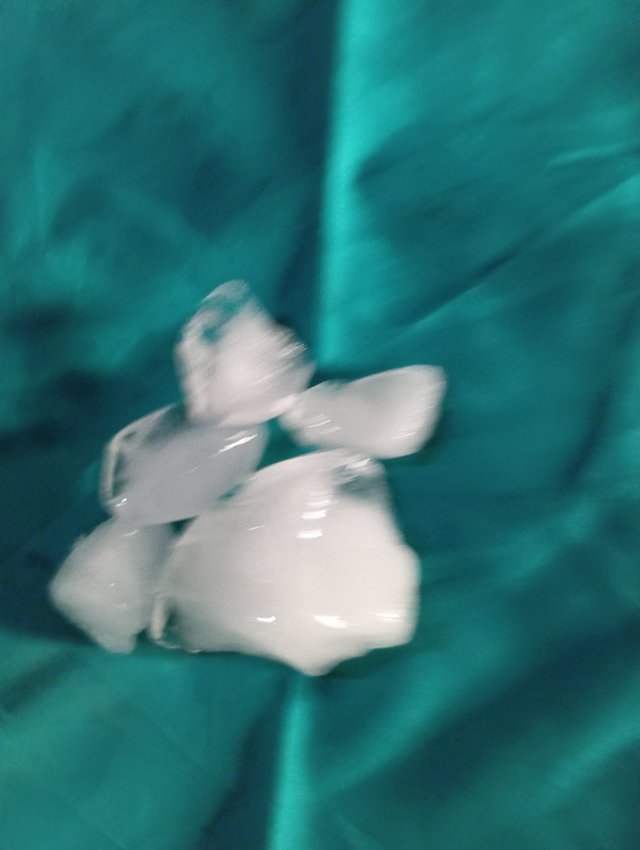
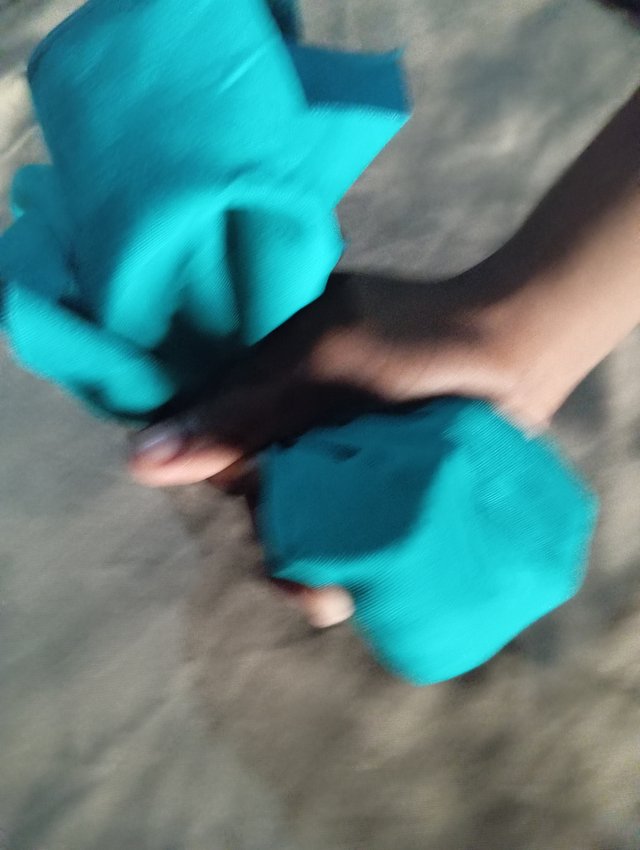
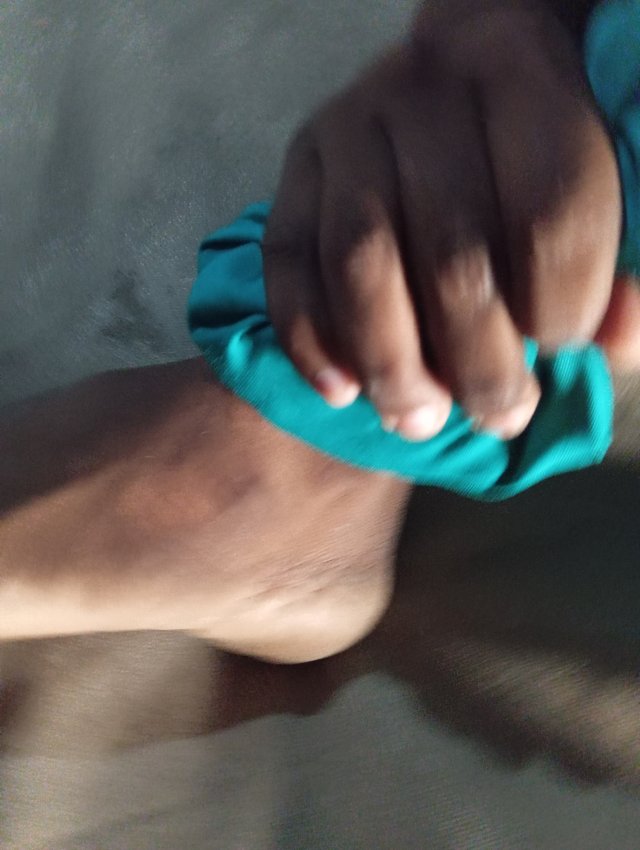
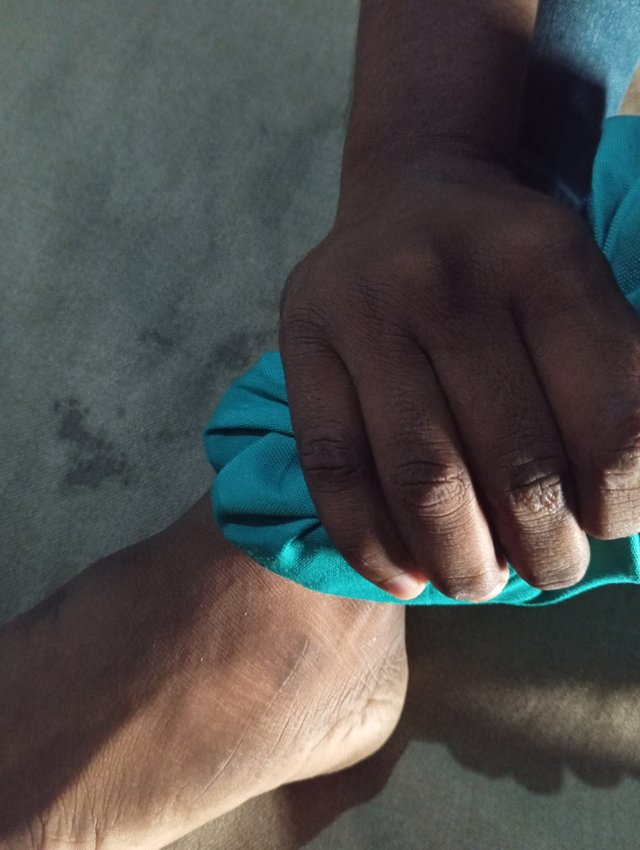
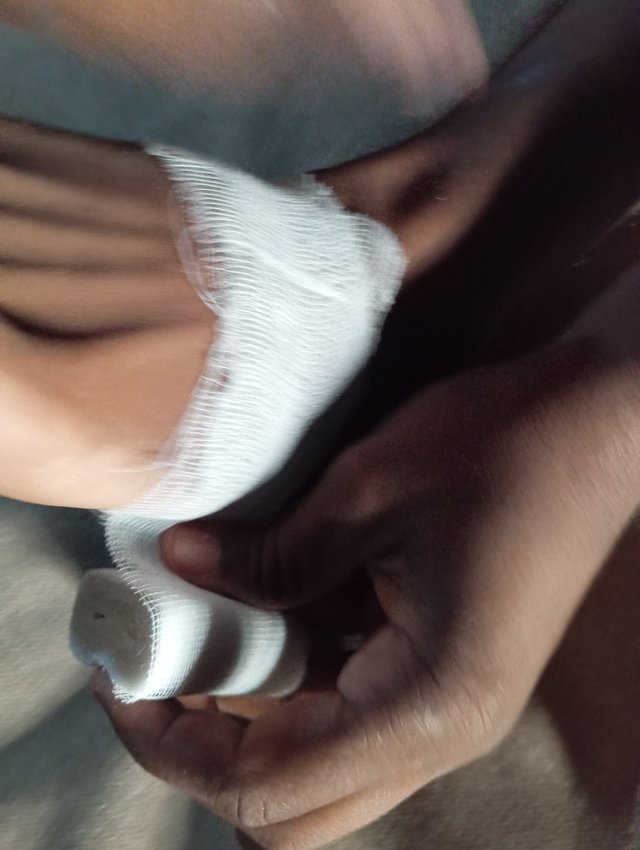
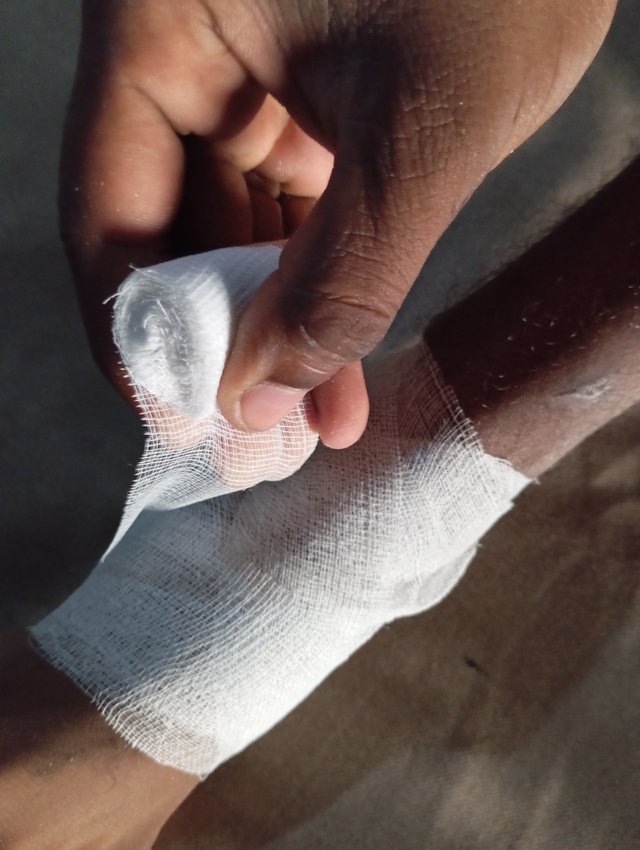
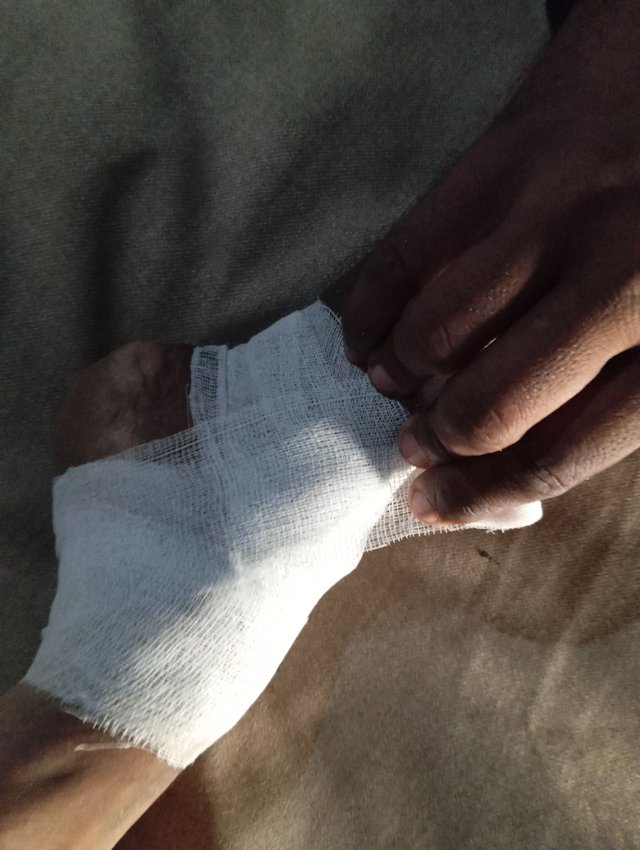
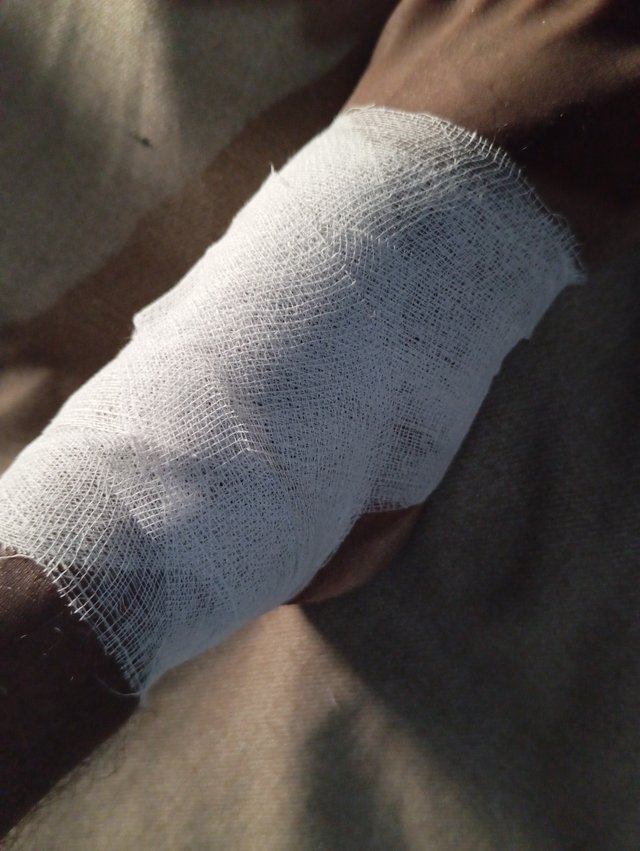
Hi @abdullaht
Your post is completely AI-written. I have read your post thoroughly, and the words used do not look like they were written by you because they look like they have been changed by AI. I didn't detect any kind of plagiarism or AI text, but after reading it, I invalidated your participation. Next time, try to write on your own; otherwise, you won't be able to participate in the coming weeks.
X link
https://x.com/steemlover/status/1976455815545618506?t=iQST5TROn2p91vENwvckeA&s=19
Excelente publicación @abdullaht, me gustó mucho cómo explicaste paso a paso el proceso de la hinchazón y el manejo con el protocolo RICE.
Se nota que hablaste desde tu propia experiencia, y eso lo hace mucho más valioso.
Quisiera destacar que, aunque estas medidas ayudan bastante, si la inflamación no mejora o el dolor aumenta, es muy importante acudir al médico. A veces una lesión que parece leve puede ser más seria de lo que pensamos, y un diagnóstico profesional puede evitar complicaciones.
Cuidarnos a tiempo es la mejor forma de mantenernos fuertes y activos cada día.
Gracias.
Un gran saludo
Hello Mam thank you for your support and appreciation 🙏.